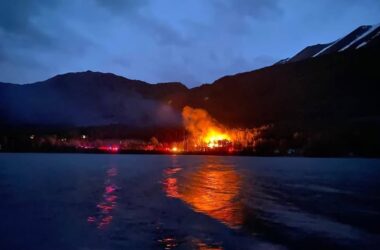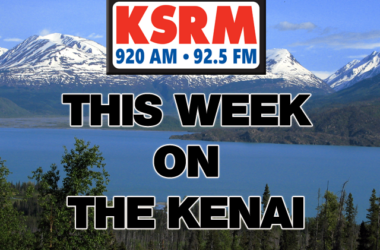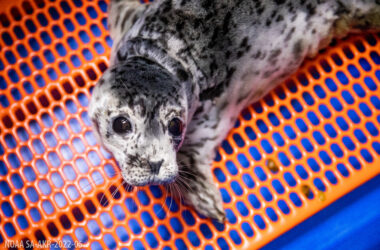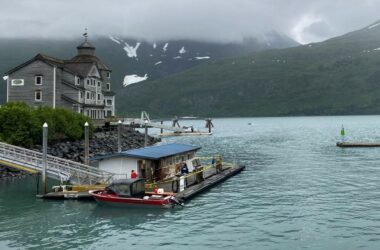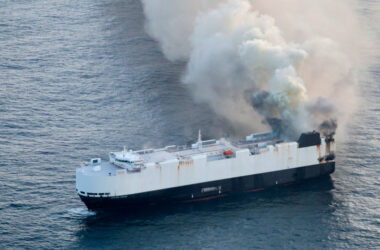Field work for the Alaska LNG Project in Nikiski is wrapping up for the season.
Community Stakeholder Adviser Josselyn O’Connor says some of the work completed included the installation of 20 monitoring wells, the digging of 14 test pits, and the completion of nearly 100,000 feet of deep geophysical testing.
O’Connor: “The twenty monitoring wells that we installed will look at groundwater is really what we’re studying, and the movement of it between aquifers and so far we don’t have a water quality monitoring program in place, that will take place in 2016. Right now we’re just looking at the quantity, but we plan to install a quality program in 2016.”
She said the Alaska LNG team has also been working with Cook Inlet setnet fishermen to collect information about the waters that the project and setnetters are using side by side.
O’connor: “It’s critical that we engage with the stakeholders early and continue to open those forms of communication and dialog often with them. It helps us build a stronger project, it helps us stay safe and away from their gear and they’ve been very receptive and just a delight to work with.”
In order to avoid block weights that were left out after the setnet season, the Alaska LNG Project purchased 77 bright orange buoys, providing them to the setnetters to attach to the weighted block lines.
This allowed the project’s research barge to be safely navigated around the block weights.
The research barge, Skate lll, journeyed to approximately 30 different locations in the marine waters near Nikiski, gathering data on soils to provide information to the engineering teams working on the project’s marine facilities.

